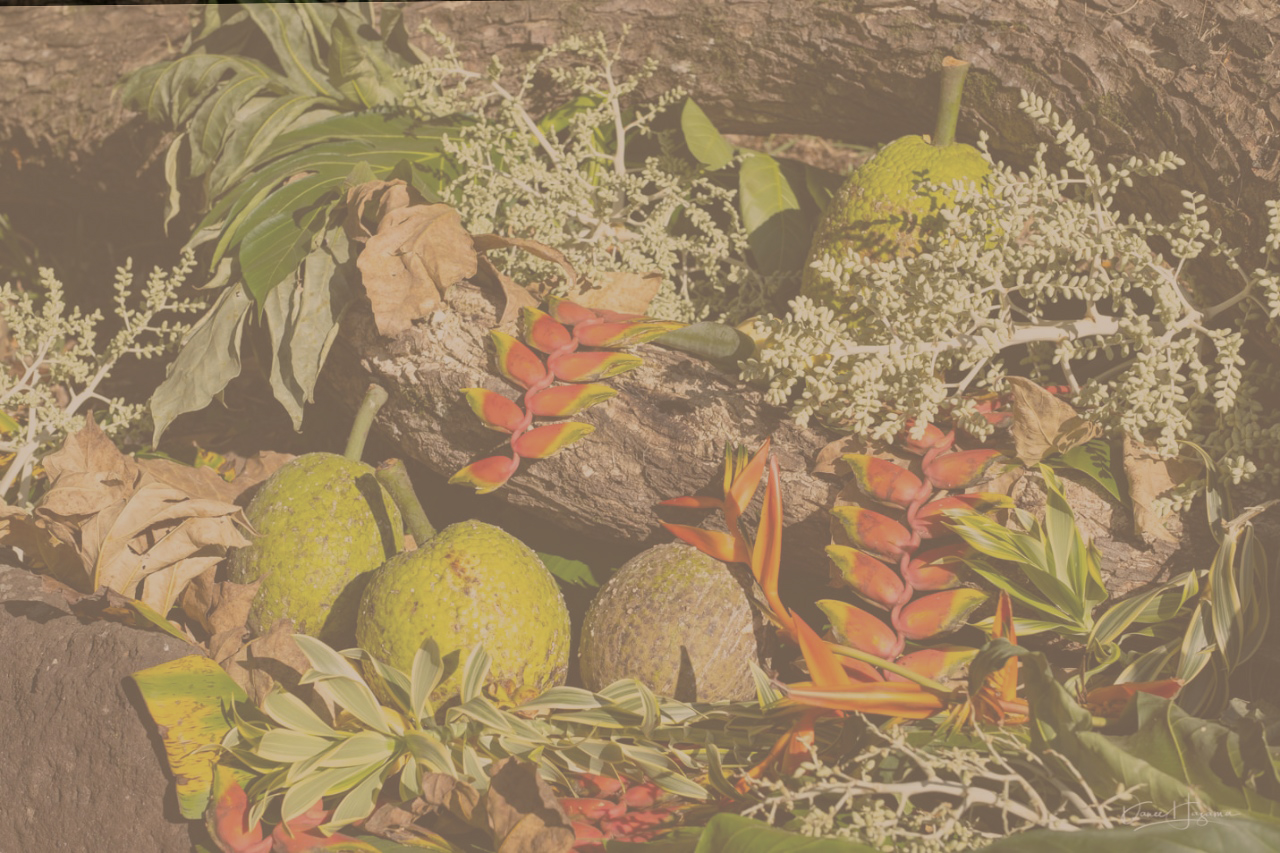Rahui: sustainable management of ressources designed by our ancestors.

The myth of Tahiti as an « earthly paradise » was conveyed by the first visitors navigators back in 1600s up to modern times. A lush vegetation and bountiful harvests in the season of abundance stroke the European sailors’ mind after spending months out at sea. The representation of a generous nature was slightly biased and was in reality the consequence of a good management of seasonal ressources.
Polynesians were relying on their accurate knowledge of their environment. The cycle of life of main ressource species were studied and a de facto better managed. The « rahui » was first implemented to overcome periods of food shortages and make a collective distribution of ressources. This consisted in banning either an area from hunting, picking or fishing or a certain species on a certain period of time. High-ranking persons such as « Ari’i » (chiefs) or specialists like « Tahu’a » and wise elders were making the decisions around the organization of the ‘rahui’ and the life of the village.

Rituals, ceremonies, dances and « incantations » were celebrated to « seal deals » with the gods. Whoever broke the law was interfering with sacred circuits and could be sentenced to death. « Uru » (breadfuit), « taro » (yam), « fe’i » (banana plantain) formed the basis of the Polynesians’ diet, out of season of abundance i.e. from April to October, fruits were transformed in paste or fermented and stored in the ground.
This traditional sustainable use plan of ressources disappeared when Polynesian diet was looked down and replaced by imported food from Europe. Only back in 2000, people from Austral islands and Maiao, followed by Teahupoo on the Southwestern coast of Tahiti reinstated the ‘rahui’.

For more information about actual ‘rahui’, follow the link: http://www.ressources-marines.gov.pf/reglementation-rahui/
